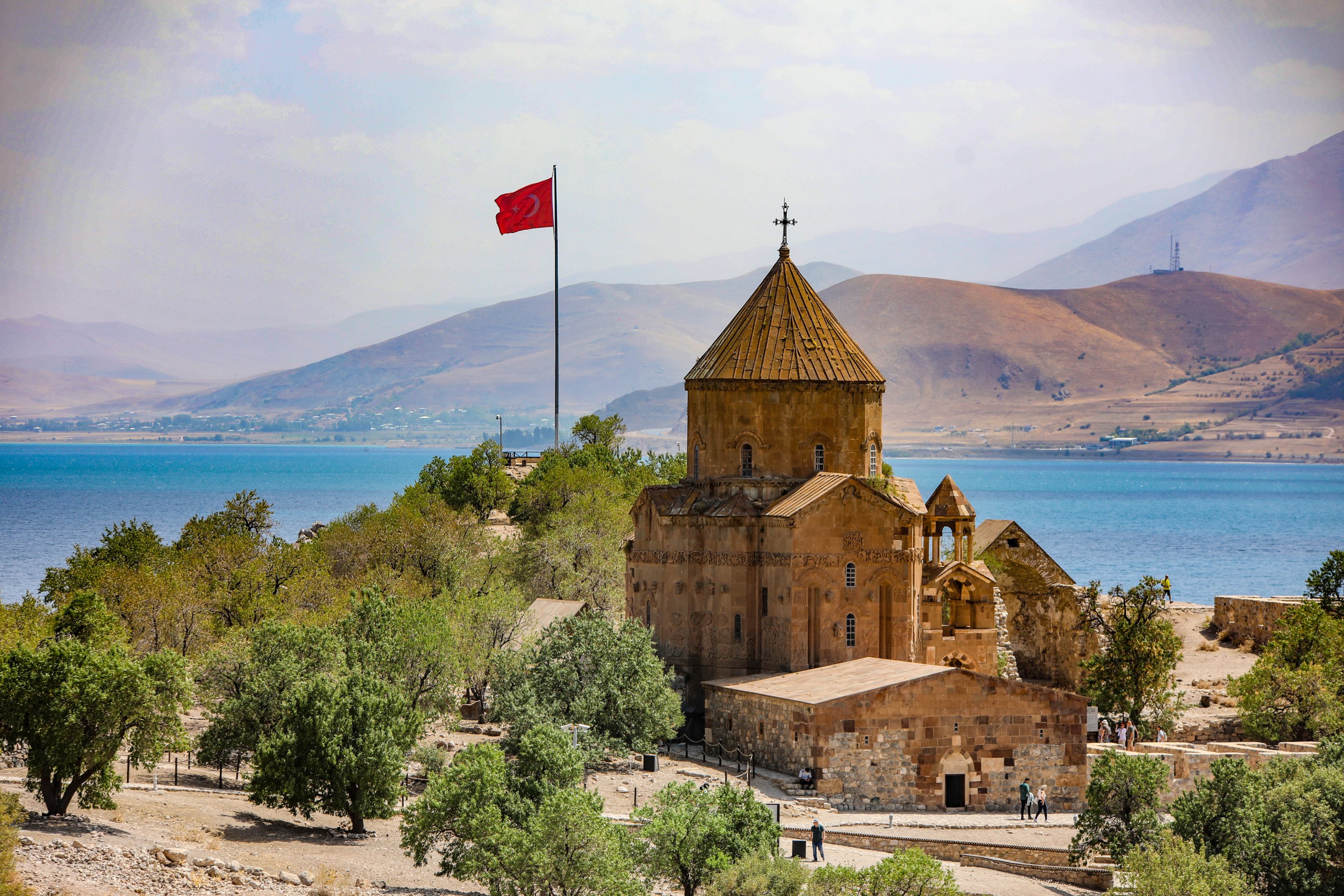Armenian civilization dates back to the Bronze Age which was around 4000 BC. The founder of Armenia, Hayk, fought against the Babylonian God of War in order to establish the very first Armenian state. Between 95 and 66 BC, Armenia reached its height and became the most powerful kingdom of its time. Christianity spread into the country as early as AD 40.

In 1045, the Byzantine Empire conquered Bagratid Armenia and other states fell under their control as well. In the 16th century, the Ottoman Empire divided Armenia and both Western and Eastern Armenia fell to the Safavid Empire. While under the Ottoman rule, the Armenians (although Christian) were under a strict Muslim social structure.
In April of 1909, the Adana massacre occurred which resulted in the death of 20,000-30,000 Armenians. World War I led to confrontation between the Ottoman Empire and the Russian Empire. The Istanbul government started to distrust Armenians because the Russian Army contained several Armenian volunteers. This then led to the Armenian Genocide.
The Armenian Genocide was implemented in two phases. First phase was the killing of able-bodied male population, then followed by the deportation of women, children and the elderly. This genocide lasted from 1915-1917 and resulted in 1.5 million Armenian deaths. Turkey to this day still denies the genocide ever took place.
